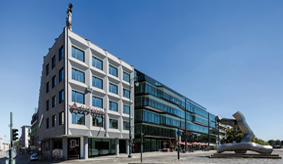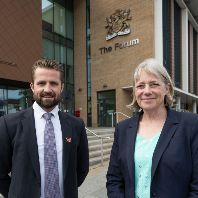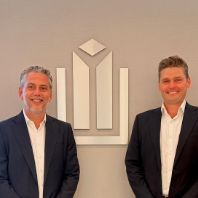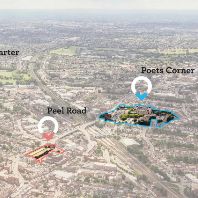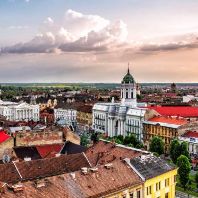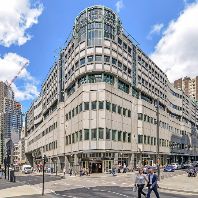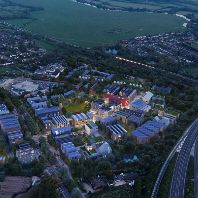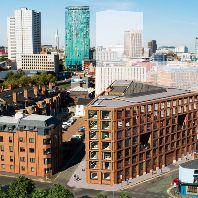With a new development project in Berlin, PATRIZIA Immobilien AG is increasing the number of new apartments currently under construction or in planning in Germany to over 3,000. “The planned apartments are being built solely in metropolitan areas, meaning that we are making an important contribution to combating the housing shortage,” commented Jürgen Kolper, Head of Real Estate Development at PATRIZIA Deutschland GmbH. The investment volume in new construction projects is €1.4 billion. The other new apartments are being built primarily in Munich, Hamburg, Düsseldorf, Frankfurt am Main, and Cologne.
In Berlin, more than 100 condominiums will be constructed on a 3,500 m² plot that has now been acquired in an extremely good location in Mitte district. Construction is scheduled to begin in the coming year. PATRIZIA is planning a complex of buildings with gross floor space of 10,000 m² on the site at Alte Jakobstr. 48a-52. A quiet south-facing aspect is planned. The apartments on the raised ground floor will have generous south-facing gardens. “The apartments are designed for singles and families alike,” Kolper noted. Despite their central location, the apartments offer quiet living in the middle of a vibrant metropolis. The investment volume is around €40 million.
PATRIZIA acquired the plot from the German Institute for Federal Real Estate. The purchase has already been notarized. The property is a vacant site bordering the popular area of Kreuzberg in the historical heart of Berlin. The neighboring Fischerinsel in the River Spree is home to the 13th-century roots of Berlin. Alte Jakobstr. is located in immediate proximity to the Axel Springer corporate headquarters, the German Federal Printing Office (Bundesdruckerei) and the Spittelmarkt subway station. This means that the site is just three stops from Alexanderplatz and four stops from Potsdamer Platz. The Gendarmenmarkt, Leipziger Straße, Friedrichstraße with the former border crossing at Checkpoint Charlie, and Kreuzberg’s popular bars are all within walking distance. “The site’s exposed position means that it has huge potential,” Kolper explains.
After the fall of the Berlin Wall, a large number of new urban neighborhoods with a modern mixture of residential and commercial space were developed in Mitte district. The atmosphere of optimism during this period encouraged a unique spirit of expansionism that gave rise to many innovative and creative companies that still dominate the area. Berlin-Mitte is no longer just a district, but the very embodiment of the modern and vibrant creative metropolis that is Berlin.
Source: PATRIZIA
